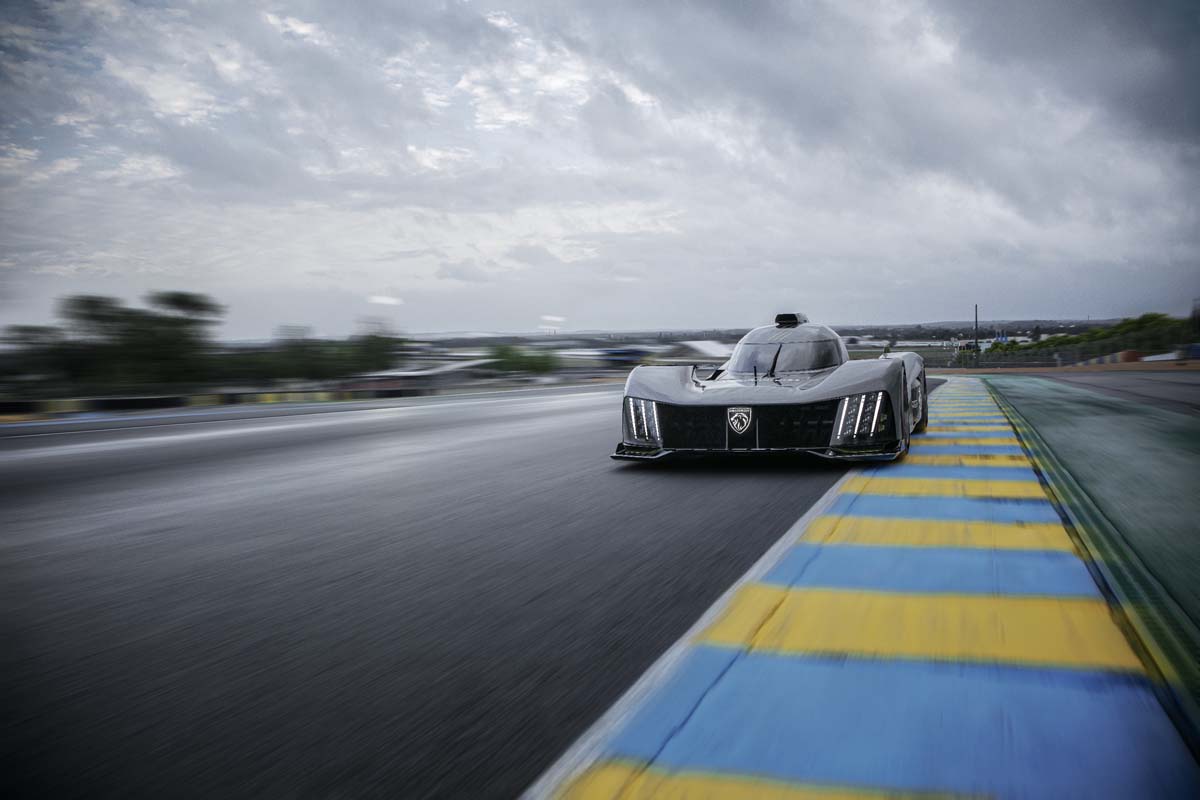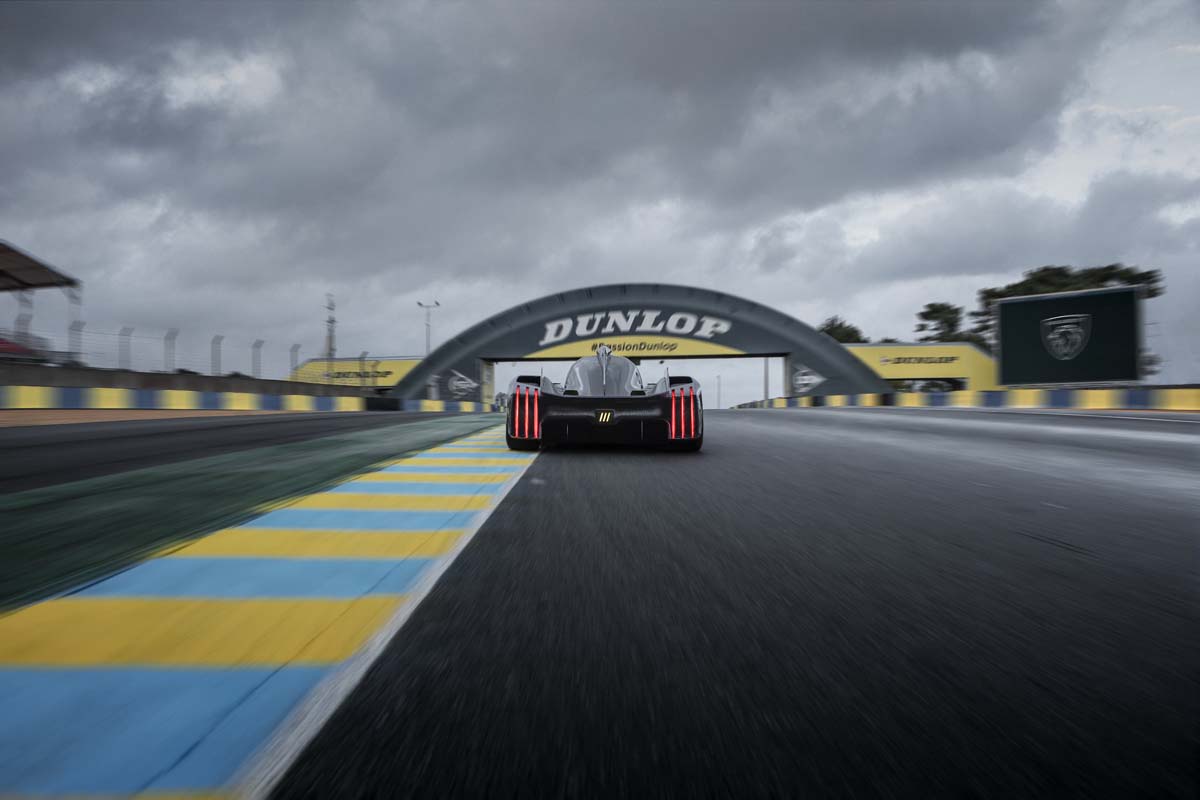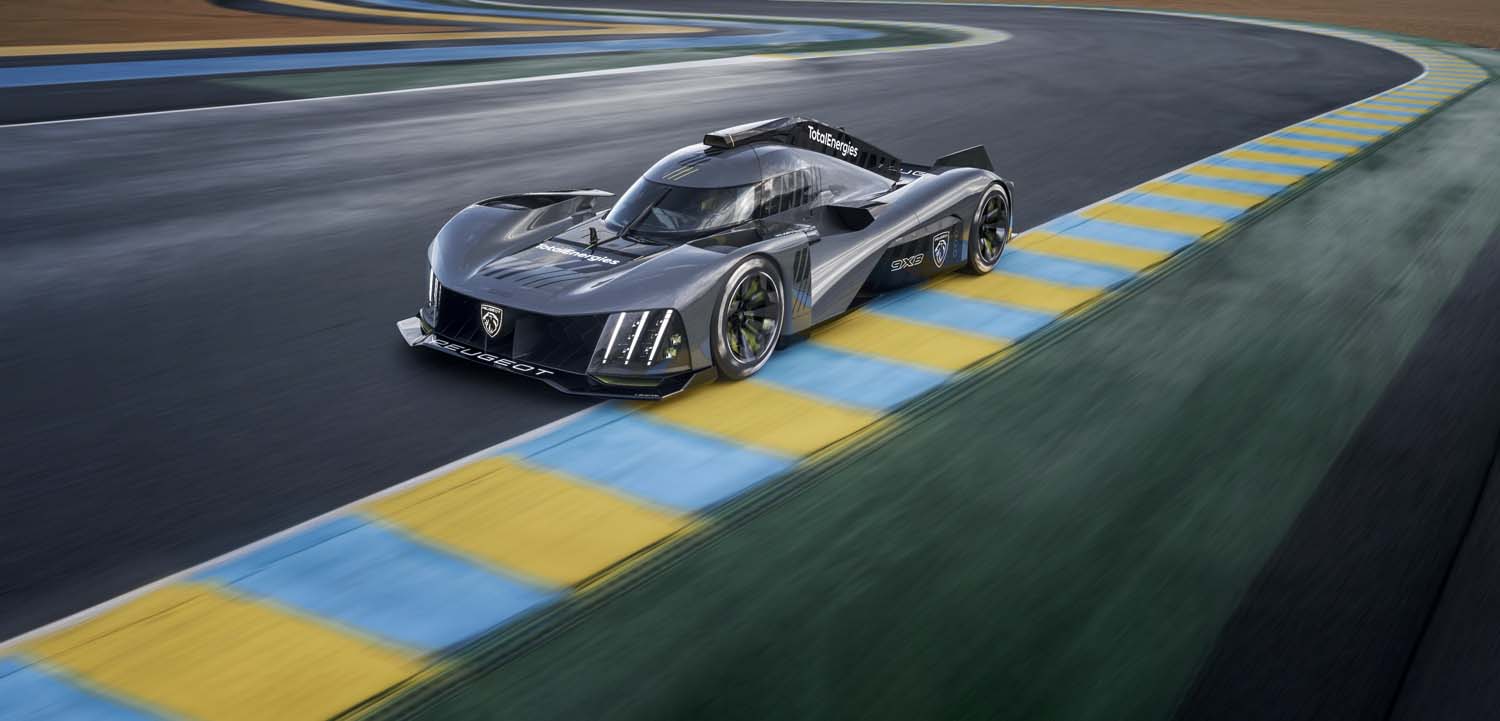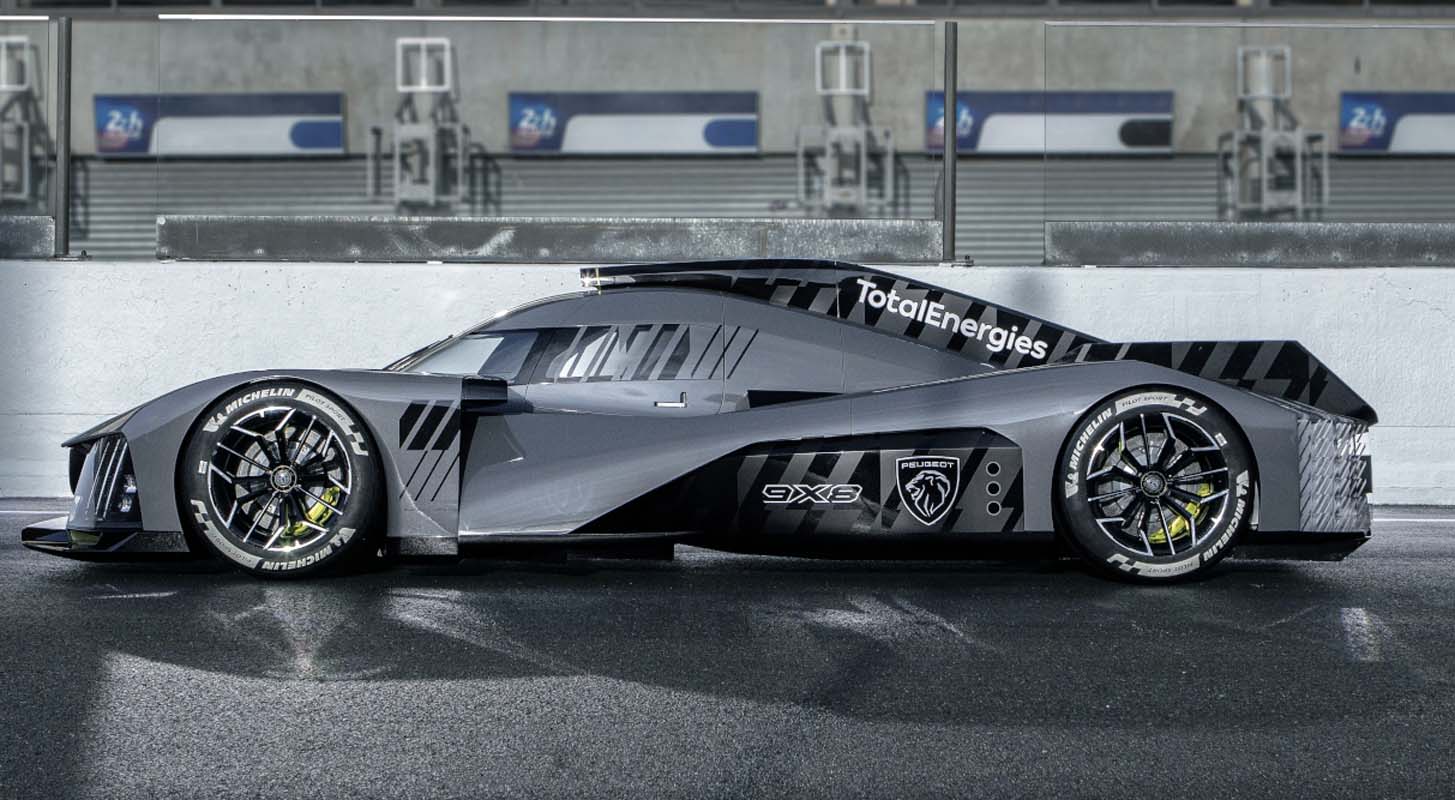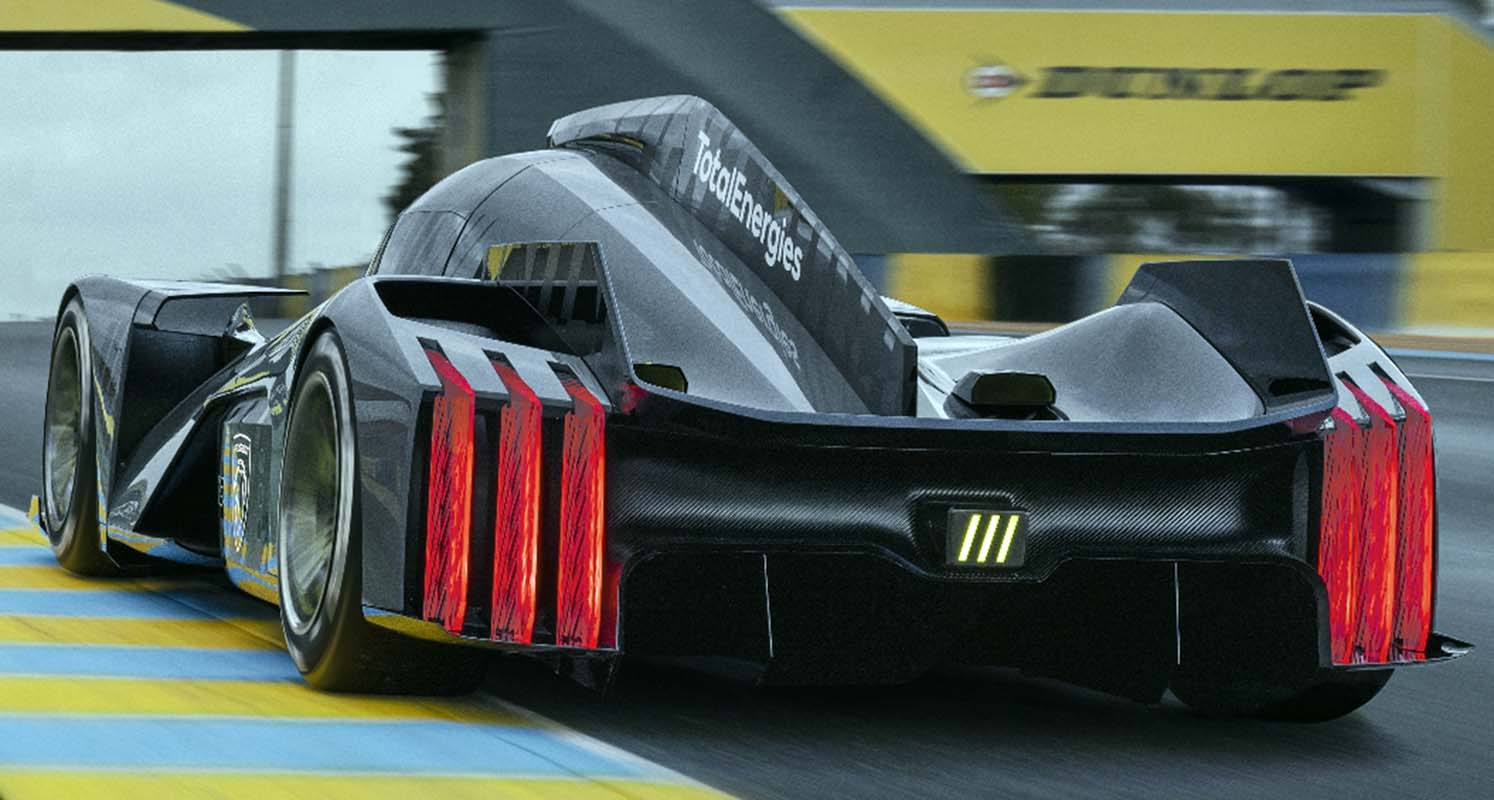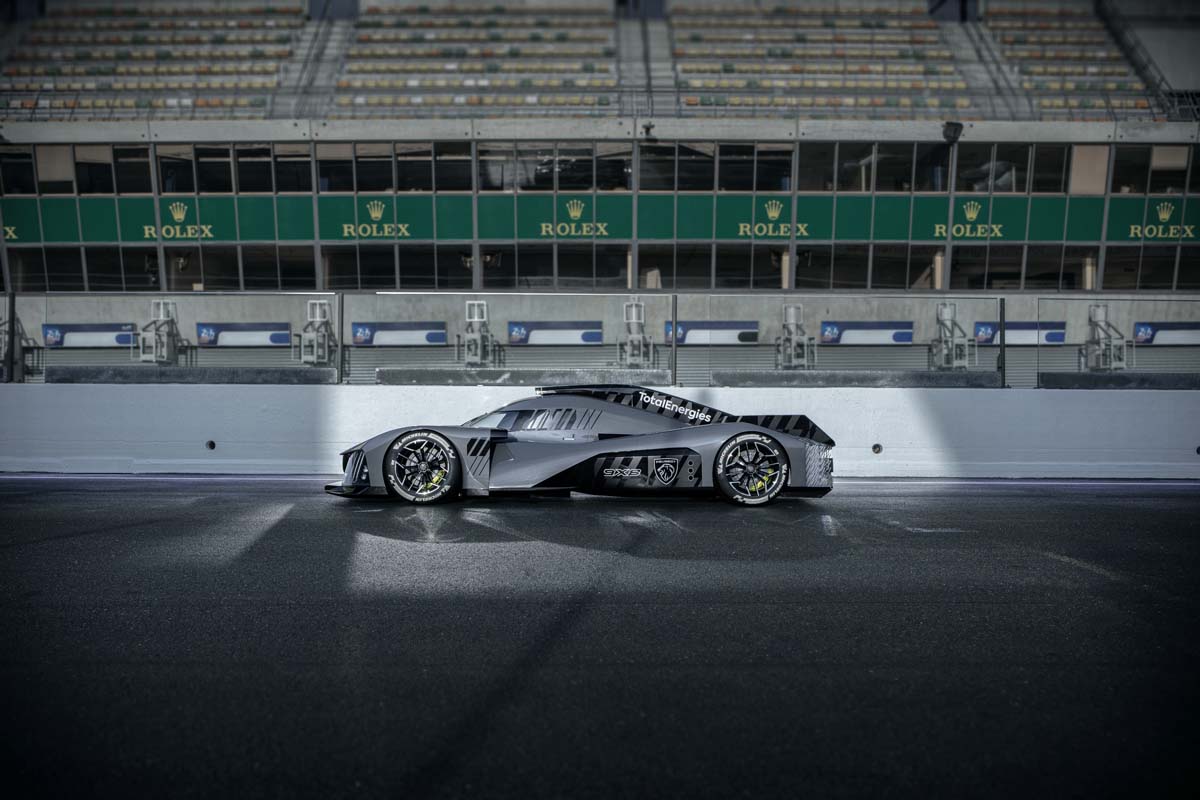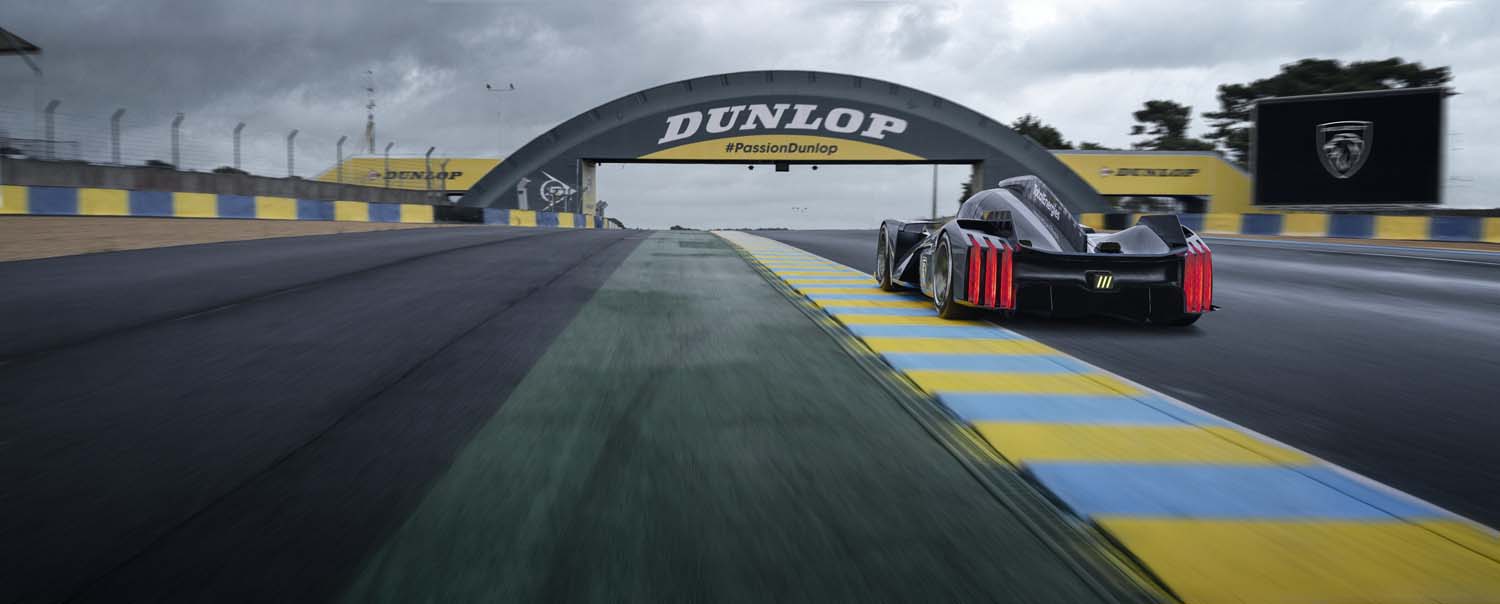
For more than 210 years, PEUGEOT has been moving in step with the times and has been anticipating changes in behaviour and paving the way for new mobility solutions. As the ultimate technological testing ground, motorsport gives PEUGEOT the perfect opportunity to fully roll out its innovative capacities: the PEUGEOT 9X8, the Brand’s new Hypercar was just unveiled at the beginning of the summer and will soon to be racing in the Endurance and the 24 Hours of Le Mans. Thirty years ago, in 1991, it was the PEUGEOT 905 that enshrined the Brand’s pioneering spirit and values – Excellence, Allure and Emotion – which have enabled it to weather all the revolutions of the last two centuries – industrial, technological, political, social, digital and now environmental. This is all part of PEUGEOT’s DNA.
PEUGEOT’s great adventure at Le Mans and in endurance racing began in the early 1990s. That was when PEUGEOT returned to the Sarthe circuit as an official team. PEUGEOT entered the World Sportscar Championship (WSC, also known as the World Endurance Championship) with the 905 and went on to take part in the 24 Hours of Le Mans.
Endurance with the PEUGEOT 905
The Brand is clearly displaying its objective of winning the legendary 24 Hours of Le Mans with the 905. The development programme for this “PEUGEOT Sport Prototype” was launched in December 1988. Presented in February 1990, the car was a breath of fresh air: it was innovative, has an absolute visual purity, and its front end was characteristic of the Brand’s models of the time. Built on a carbon fibre chassis designed in collaboration with Dassault, it was powered by a 650 hp, 3.5-litre, forty-valve V10 engine, very close to Formula 1 standards.
It was a huge success between 1990 and 1993. With the 905, PEUGEOT competed against regular endurance car manufacturers, notably Porsche and Jaguar, and against up-and-coming challengers such as Toyota and Mazda.
1992 is a landmark year for PEUGEOT, which has two objectives: the Manufacturers’ World Championship title and victory in the 24 Hours of Le Mans.
Some major changes were made to the car for the 24 Hours of Le Mans: the front wing was removed, the rear wing repositioned, and the front wing louvers disappeared.
The PEUGEOT team achieved fantastic results throughout the 1992 season (2nd at Monza, 1st and 3rd at Le Mans, 1st and 2nd at Donington, 1st and 3rd at Suzuka, 1st, 2nd and 5th at Magny-Cours) and this enabled it to win the 1992 Constructors’ World Championship title. They had achieved their goal.
In 1993, the PEUGEOT brand won 1st, 2nd and 3rd places on the podium at the 24 Hours of Le Mans with its three PEUGEOT 905s.
This is the ultimate accolade for the company and its teams.
The excellence of PEUGEOT’s technology is at its peak and the brand decided to bow out after this historic result.
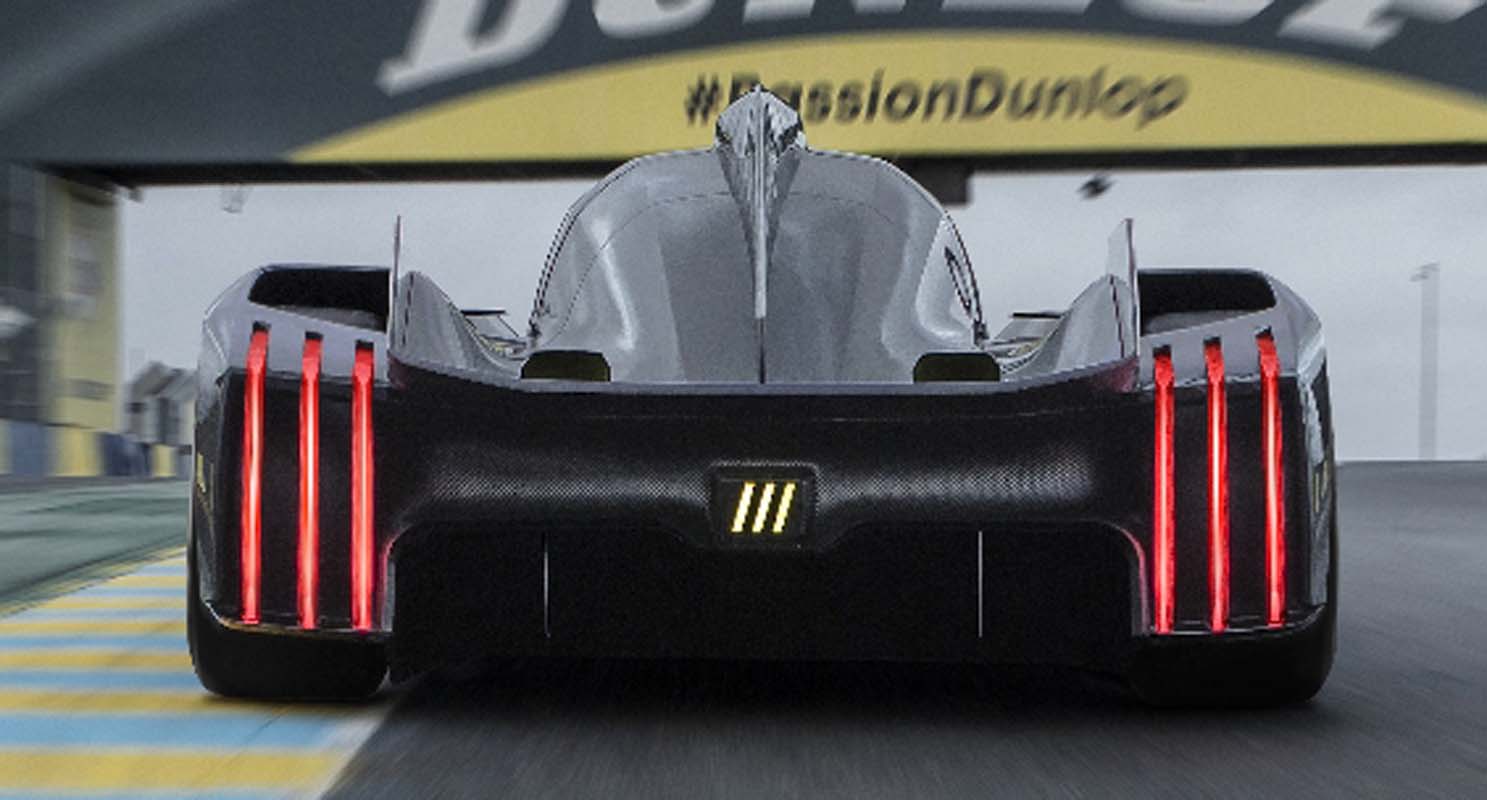
2021: Innovation and technical challenges for the PEUGEOT 9X8
After the PEUGEOT 905, then the 908 in 2007-2011, PEUGEOT is making a strong return to endurance racing with the PEUGEOT 9X8.
Following in the footsteps of its illustrious predecessors in endurance racing, it will carry forward the PEUGEOT brand’s tradition of designing recognisable and high-performance competition cars.
PEUGEOT is combining sportiness, technological know-how, efficiency and stylistic excellence with this 9X8.
Like the PEUGEOT 905 thirty years earlier, the PEUGEOT 9X8 reuses the Brand’s aesthetic hallmarks: it is a slim, sleek, elegant car that generates a reaction and embodies speed. You see the front and rear light signatures first, with the three characteristic Lion claws. The sides are sleek and structured. The mirrors are integrated into the chassis, which seems to have no air resistance.
At the rear, there is a large diffuser framed by finely chiselled elements that house the headlights, and an inscription that underlines the most striking innovative feature on the 9X8: there is no rear wing! “We did not want a rear wing”, it says.
The PEUGEOT SPORT engineers and PEUGEOT designers were inspired by the new Hypercar regulations, the new premier class of endurance racing. While others have chosen to comply with the new regulations in a more conservative manner, the PEUGEOT teams have preferred boldness and innovation.
As for the engine, they went hybrid, combining a 500 kW (680 hp) V6 petrol Biturbo driving the rear wheels and a 200 kW (270 hp) electric motor/generator driving the front wheels. The regulation sets clear limits on the operation of the system, which allows hybrid cars to be driven in four-wheel drive: it defines the threshold for energy transfer to the front wheels, and stipulates that the total average power output of the powertrain cannot exceed 500 kW (680 hp).
Hybrid technology is therefore both a boon, as it opens up the possibility of all-wheel drive, but also a huge technical challenge, given the complexity of managing the powertrain.
This is precisely what the PEUGEOT brand is working on. It is committed to the accelerated electrification of its range, and is eager to generate ambitious technical developments and win big in competition. Ultimately, the 9X8 programme should benefit PEUGEOT’s future electrified models.
In a few words:
Engine
PEUGEOT HYBRID4 500KW powertrain (4 wheel drive)
Rear axle: 500 kW (680 hp) 2.6-litre twin-turbocharged 90° petrol engine + 7-speed sequential gearbox
Front axle: 200 kW (270 hp) electric motor/generator + gearbox
Battery
High density, 900 volts co-developed by PEUGEOT SPORT, TotalEnergies / Saft.
From the 905 to the 9X8
PEUGEOT’s new Hypercar also has a new name: 9X8.
The initial 9 characterises the Brand’s extreme competition vehicles, such as the PEUGEOT 905 (1990-1993) and 908 (2007-2011), two of the manufacturer’s iconic endurance machines.
The X refers to the all-wheel drive and hybridisation technologies used in the new PEUGEOT Hypercar, which extends the Brand’s electrification strategy into competition.
The 8 is a nod to all of PEUGEOT’s new cars: 208, 2008, 308, 3008, 5008 and of course the PEUGEOT 508, which recently passed through the hands of the same team of engineers and designers as the Hypercar, to become the first model to carry the PEUGEOT SPORT ENGINEERED label.
Like the 508 PEUGEOT SPORT ENGINEERED, the PEUGEOT 9X8 is part of PEUGEOTS’s Neo-Performance strategy, which aims to offer a more virtuous and responsible performance, both on production vehicles and in competition. Close collaboration between the PEUGEOT SPORT engineering team and the PEUGEOT Design team was vital to create the 9X8.
